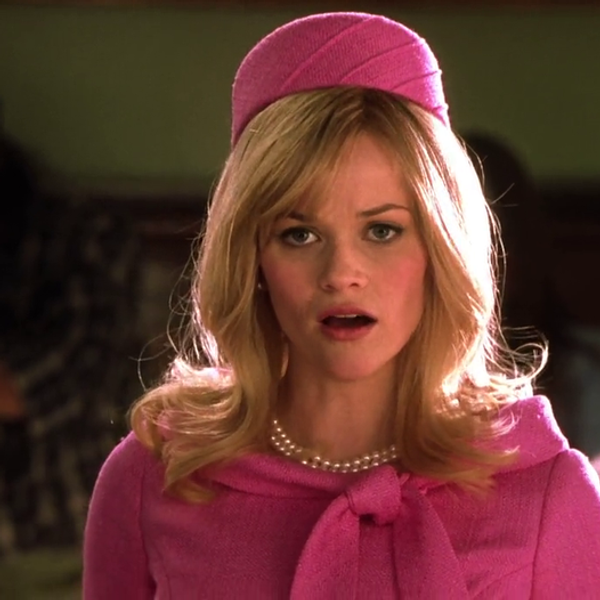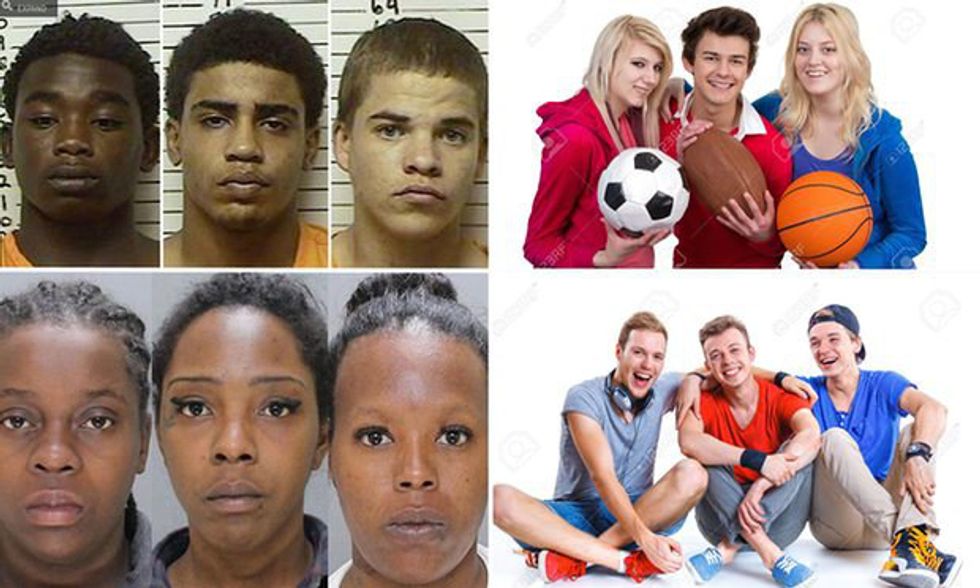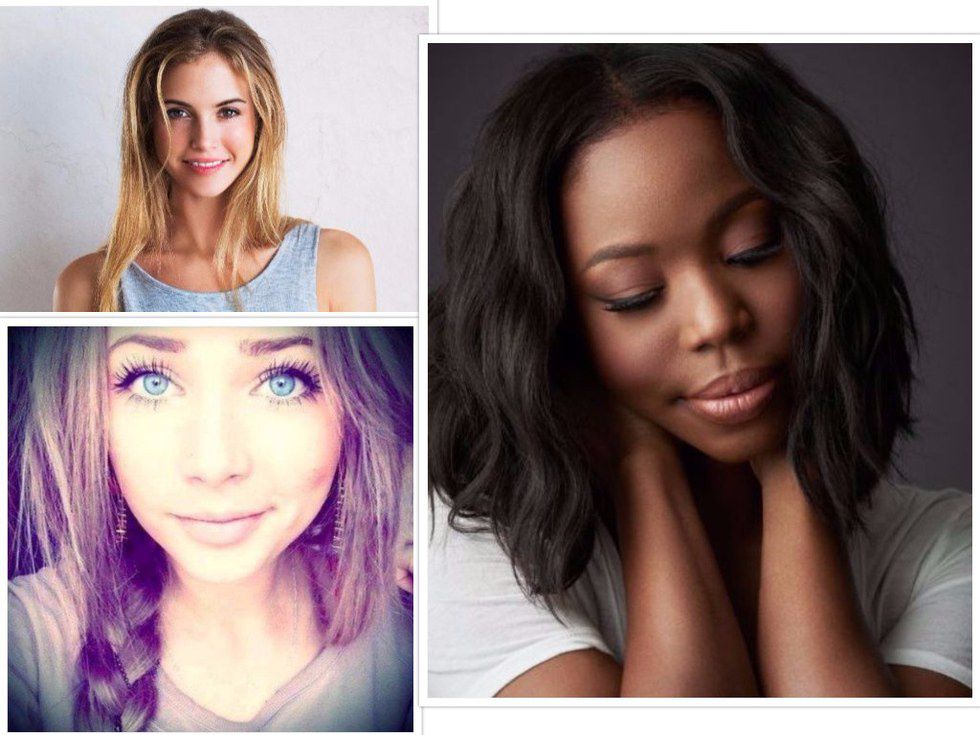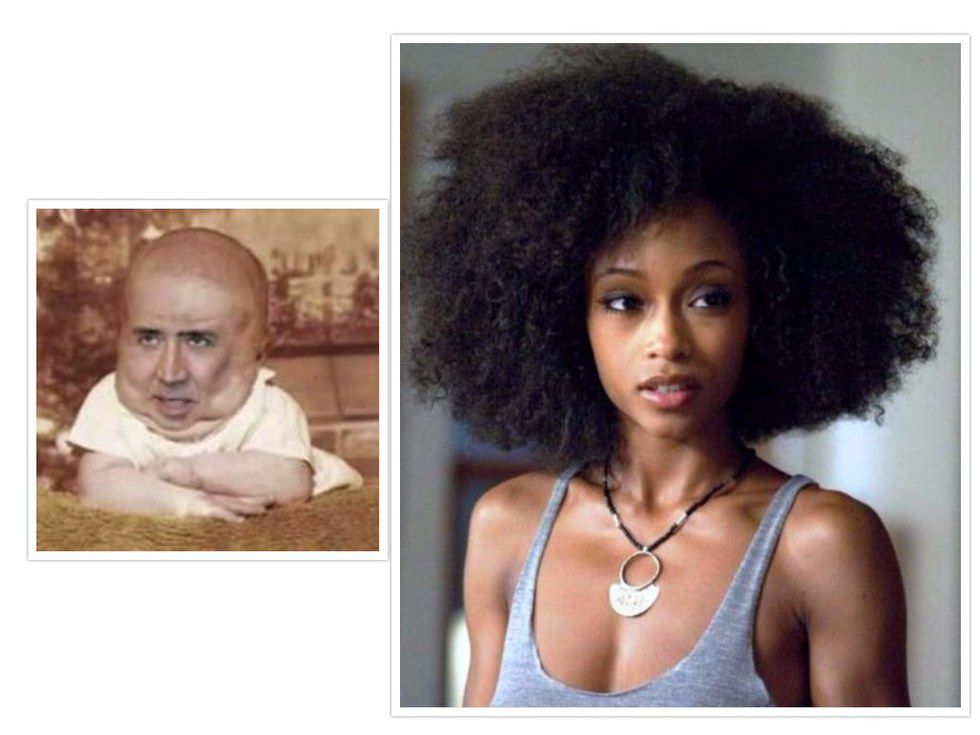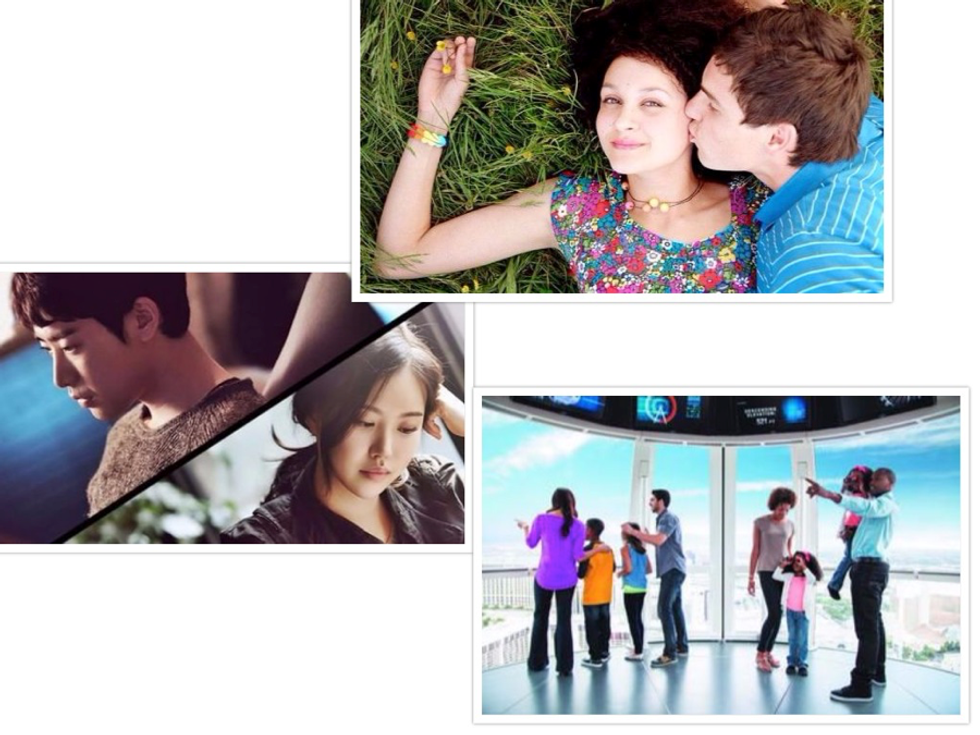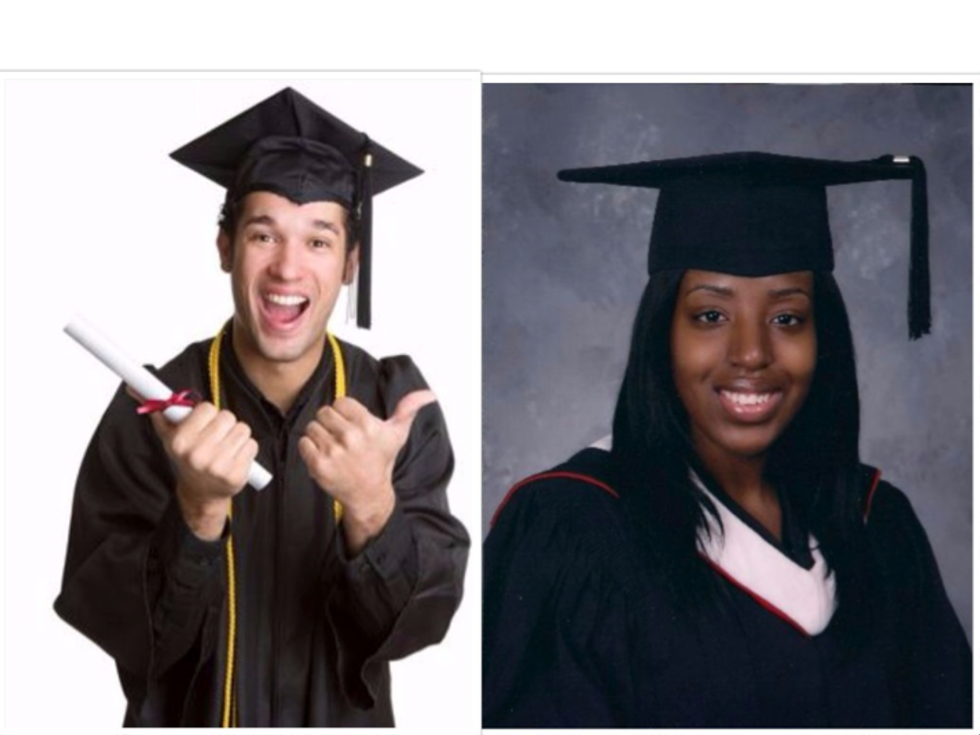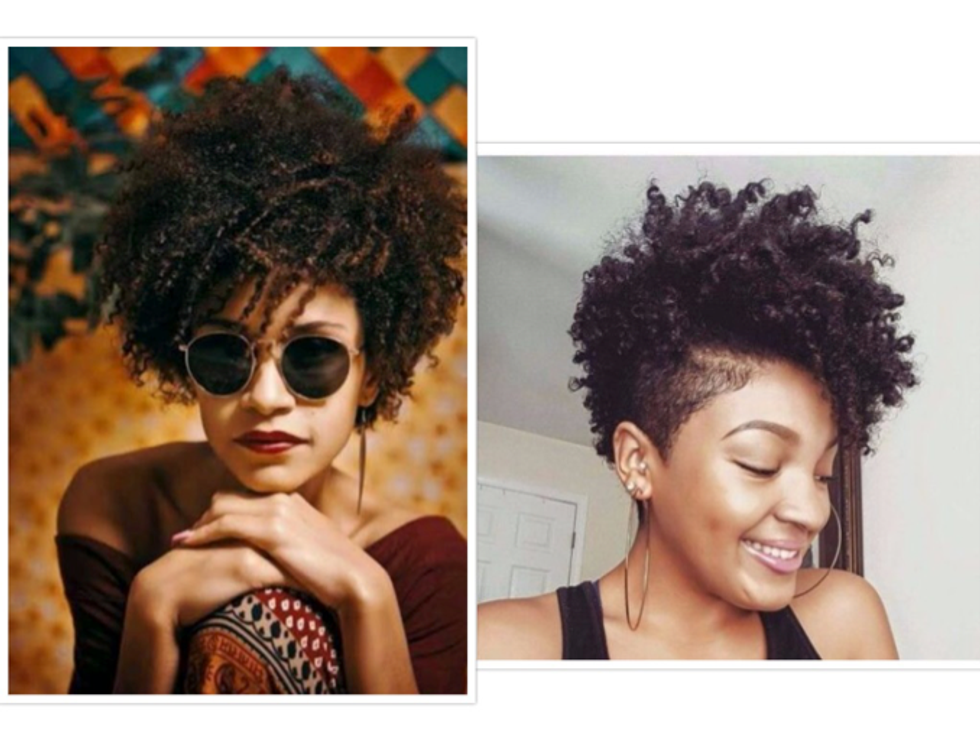The Internet blew up after Kabir Alli posted a video on Twitter of his Google search for “Three Black Teenagers” and “Three White Teenagers." This video, with over 72k retweets, perfectly validates the discrepancy of depictions of race, and it has started a conversation about racial representation on the internet, especially in Google searches.
Alli's video made me think of my own experiences with "Googling." When writing for an online content platform, pictures are powerful images used in conjunction with news sources, personal testimonies or light-hearted lists.
Images are almost always included with written content regardless of the platform. In my own experience writing for Odyssey, at least two pictures are included in every article. The discrepancy of racial representation, although it may seem subtle in the actual articles, is anything but indirect while writing or researching content.
I myself have combatted this issue of racial representation when searching for pictures for my articles. Two weeks ago, while writing a list article, I realized that I had gotten into the habit of Googling broad terms and using the first viable image that I saw. But it came to my attention that almost all of my pictures included only white men and women.
(This picture came up when I googled "stock photos people" and was titled "Portrait of Multi Ethnic Team of Business People." Does this look "multi ethnic?")
So in an effort to be more racially conscious, I started Googling the same terms but focused my attention on finding people of color. But this turned out to be very difficult. If I was researching “professionals in a meeting” it was nearly impossible to find an image where a person of color was the focal point of the picture or at least where the person of color did not seem to appear in the image just for “diversity's” sake.
If I wanted to find an image of “washing hands” that featured non-white hands, I had to specifically place a color in front of my search. This goes to show how our society is pre-dispositioned to place a white agenda before that of people of color. An image that features or celebrates a person of color is seen as the “other” and is therefore deemed as something that needs to be placed in a category away from the norm (kind of like how non-white hair products are labeled “ethnic” instead of just “hair products” but we will save that for its own conversation).
So I decided to do a little experimenting …
Using a public computer with a cleared history, here are the words that I Googled and the images I found. I included the word that I Googled (in Google Images), how many pictures showed up before I got to a person of color and the percentage of POCs included within the first 100 photos.
This experiment is for a first-reaction look at what pops up on a Google Images search, often representing the broader opinion or thought-process held by a larger society. Focus on (mis)representation rather than the individual images.
*Disclaimer: I realize that during this exercise, I will be quickly judging people by the color of their skin. I do not hope to offend but to make a broader point. I am defining the images I am looking for as “pictures of or representing people of color." In the simplest terms: not white.
1. “Pretty”
How many pictures showed up before a POC: 34 images. Percentage of POCs: 5 percent of the first 100 images.
Her caption read "Pretty for a Dark-skinned Girl."
2. "Unattractive"
After 12 images. 19 percent of the first 100 images.
The image of the woman is linked to an intelligent article about body image and beauty standards, titled "Are Black Women more Unattractive than Women of Other Races."
3. "Boss"
After 114 images. If I did not count the logo/branding images: 42 images. 7 percent of the first 100 images.
When I typed in "CEO" it was 14 images until Steve Easterbrook, CEO of McDonald's was pictured. 30 images until Sundar Pichai, CEO of Google, was pictured. And the percentage within the first 100 pictures was 8 percent.
(And if anyone is interested — it was 59 photos before a woman was pictured (2 percent of the first 100 pictures) and 474 before a woman of color was pictured! What).
4. "Romance"
Not including pictures of hearts or roses or cartoon people and after 45 minutes of counting, here are the following stats:
6 percent of the first 100 images. After 68, an image of an Asian couple and after 212, a photo with an African American family from a “Las Vegas Super Saver Romance Package” ad.
After 212 images, it is still not even a typical “romantic” picture … why.
It should also be noted that it was 256 images until a homosexual couple appeared. Also, I got to the end of the page (about 400 pictures) with no mixed race couple to be found.
6. “Successful Athletes”
The second picture was a POC. 46 percent of the first 100 images.
7. “College Graduate”
After one image. 24 percent of the first 100 images.
8. “Unprofessional Hair”
I saw a post of a woman who had googled “unprofessional hair” so I figured it should be on this list. The first picture was of a woman of color. 76 percent of the first 100 images were women of color.
This is eye-opening, especially compared to the 2% representation when I Googled “cute hairstyles.”
9. “Doctor”
After 29 images. 8 percent of the first 100 images.
10. “Person”
After 16 images. 16 percent of the first 100 images (and 31 percent of that 16 percent were pictures of Obama).
Reflection:
This exercise made me feel aware, annoyed and distressed. And while I approached this project as a writer trying to encourage other writers to diversify online content, I found myself concerned mostly for young people. I imaged a young woman of color, trying to find a cute hairstyle and not finding a picture that would match her hair. Or of a young boy, sitting down to do a report on his “dream job” as a doctor and being discouraged when he only sees white faces, believing that he has chosen the wrong profession because his race is not represented.
I also encourage people to do some experimenting on your own. These statistics, while correct and important, do not scratch the surface for Internet content on racial representation. For example, the “unprofessional hair” Google did have upsetting numbers (76 percent of the first 100 pictures were of women of color) but most of the images were linked to articles/sites articulating the injustice of referring to “natural” hair as “unprofessional” hair. So although these statistics remain, the attached links advocated for an acceptance of natural hair as professional hair, proving that this discussion is moving in the right direction.
This "Google experiment" serves to show how people of color are often considered "the other" and that their presence (online and in the world) is seldom recognized as the social norm. Do your own research, explore different words, read the linked articles/sites (with a grain of salt of course) and be aware of the importance of racial representation the next time you type something into a Google search bar.

